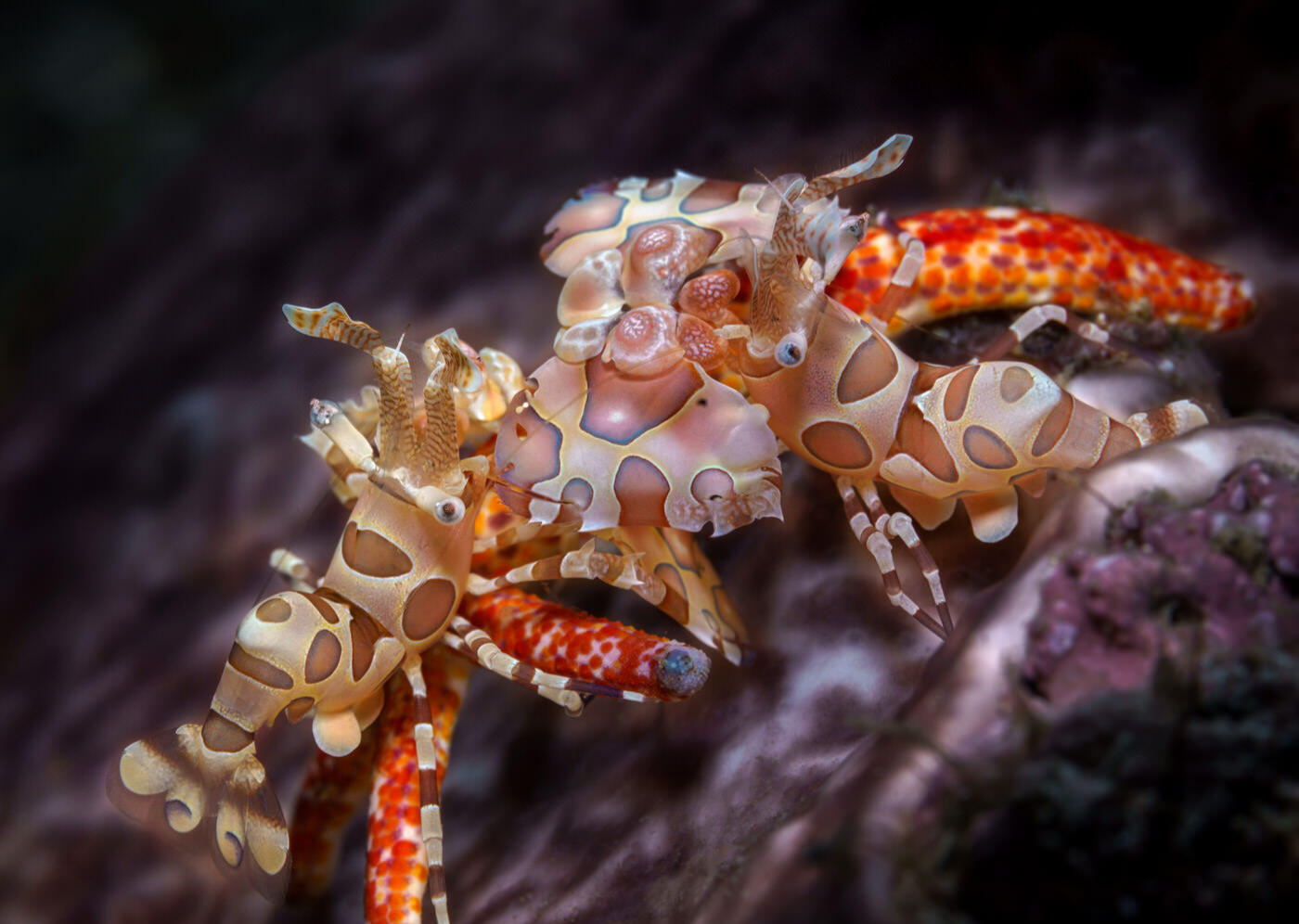My name is Andrey Savin, and I am originally from Russia. However, in 2018, I relocated to the Philippines with the intention of pursuing my passion for underwater photography and videography. Currently, I reside with my family on Negros Island, situated just across the renowned Apo Island.
I engage in solo dives almost every day, with the assistance of a local individual whom I personally trained in diving. Surprisingly, my 6-year-old daughter has also mastered diving and may very well be the youngest diver on the planet.
I utilize two underwater cameras, namely the A7R IV and GH5, accompanied by a Ninja V monitor. Additionally, I possess a wide range of lenses and underwater lighting equipment.
Being naturally inclined towards technology, I graduated from Moscow's Lomonosov Moscow State University in 1993, majoring in Computational Mathematics and Cybernetics. My analytical mindset fosters an interest in comprehending technical intricacies, exploring novel techniques, and achieving set objectives.
My Instagram account stands as one of the most popular among underwater photographers. Over the past few years, I have actively participated in various publications and emerged as a winner or finalist in numerous competitions.
What are the typical problems or difficulties you encounter when shooting photos and how do you overcome them?
The second difficulty is the noise of bubbles and vibrations of water from exhaled air - this can frighten underwater inhabitants. A solution to this problem could be to use a rebreather, but it is very expensive and difficult to operate.
Therefore, I often have to hold my breath for 1-2 minutes, especially when shooting super macro, which of course contradicts the principles of safe diving and cannot be used by novice underwater photographers...
And in conclusion, it is worth mentioning that even the most careful movements near the bottom lead to turbidity rising and this greatly complicates shooting. Here you can give the following recommendations: approach the object taking into account the direction of the current, develop buoyancy skills and move very, very slowly.
How can you keep your images sharp and clear, especially with limited depth of field?
Sharpness and clarity in macro photography is an indicator of the technical skill of the underwater photographer and requires simultaneous adherence to a number of obvious rules (the first two are always critical)
- use flash rather than flashlights as a light source
- stabilize the camera as much as possible by installing it on the bottom or on a rigid tripod
- gently press the shutter release without allowing the camera itself to move
- if possible, use a viewfinder to accurately estimate the location of the focus
- in a number of situations (but not always), reducing the shutter speed, shooting at a closed aperture and using the stabilization system in the camera will help
Less obvious would be the advice to use manual focusing instead of autofocus and select the angle using focus peaking. With limited depth of field, most of the frame is bokeh, and the photographer often wants to capture more detail in the frame.
The focus picking function implemented in many cameras allows you to highlight those parts of the image that are currently in focus and allows the photographer to build a composition so that most of the subject is in focus.
What advice would you give to aspiring underwater photographers who are struggling to find unique and captivating subjects for their photographs?
I understand and share the passion that you experience when you see unique objects that you have never photographed before. However, my recommendation would go in the opposite direction.
If you are just learning, then you should not spend a lot of effort and time searching for rare objects, but rather wait for a unique moment with a typical creature that is familiar and understandable to you, as well as play with light. This will definitely take your creativity to a higher level and when you come across a truly rare and unique object, you will be ready to take “that shot.”
If you feel that “your time has come,” then the best recommendation would be to find the best dive guide in the area as early as possible (1-3 months in advance) and reserve him for the duration of your trip. If you don't have a dive guide, try to work in pairs with another photographer, helping each other find unique objects and acting as an assistant during the shooting process.
Related Posts:
- Godox MF12 Macro Flash Review: Reliable Performance and Compatibility
- 25 Beautiful Examples of Macro Photography
- Micro vs Macro photography -What is the difference?
Sample photos:




